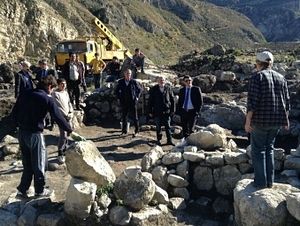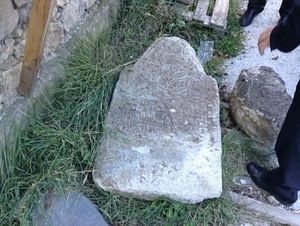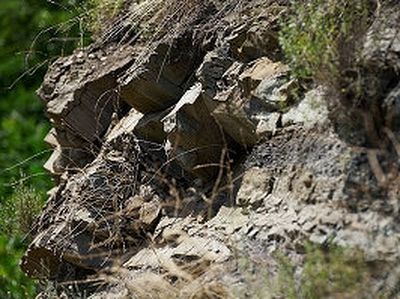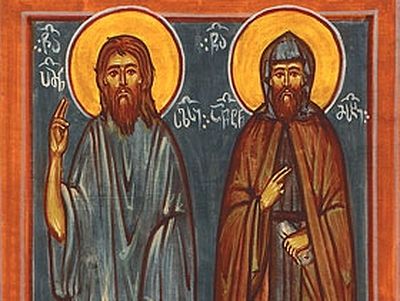Makhachkala, October 14, 2013

The leader of the Gotsatl Joint Expedition of the Academy of Sciences of Russia and Dagestan Zarina Albegova talked about the excavation results at a meeting with the head of the administration of the Hunzakh district Said Yusupov.
According to Z. Albegova, the Christian settlement was formed around the 10th-12th centuries. At the excavation area domestic utensils made mainly of clay, graves, and tombstones were discovered. An ornament on the stones corresponds to the mentioned period. The structures are mostly two stories high, the walls are about one meter thick; each story is 180 centimeters high. The deceased were buried in inaccessible sites that where unfit for agriculture, while small children were buried just under doorsteps of their homes.

The members of the expedition consider that the main reason why the settlement was abandoned was a fire—natural or arson. The fact that the people abandoned the site themselves is evidenced by anabsence at the excavation area of iron instrument or other metal works.
After a careful examination, all the discovered exhibits will be given to the Dagestani and Hunzakh museums for preservation. The leader of the exhibition noted with regret that the excellent cultural monument will sink to the bottom of the reservoir of the Gotsatl hydroelectric power station (currently under construction) and will be lost.



